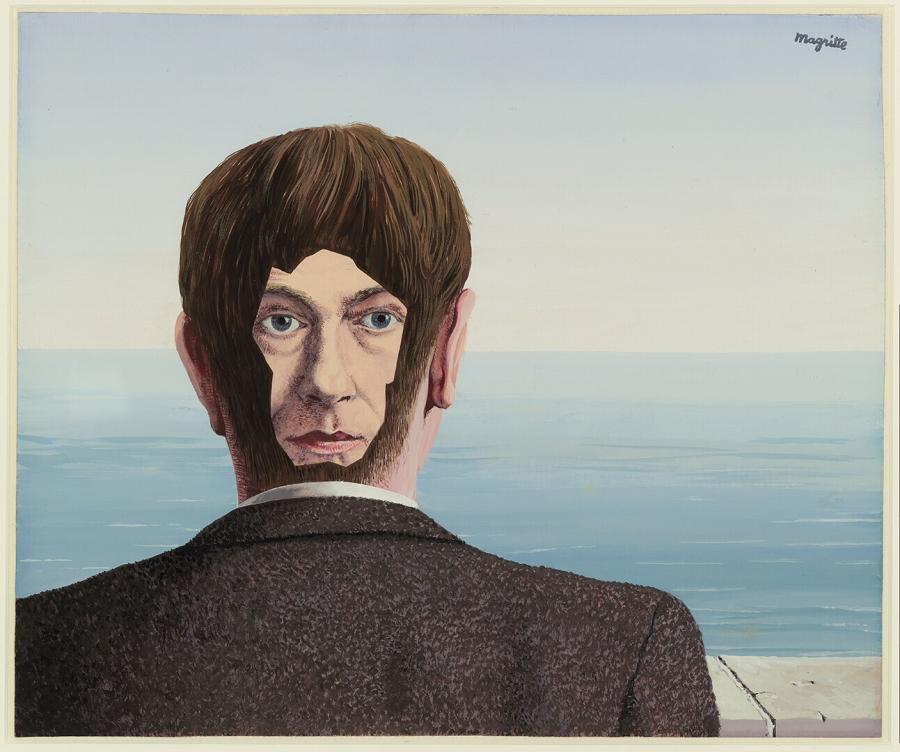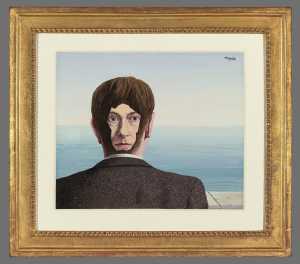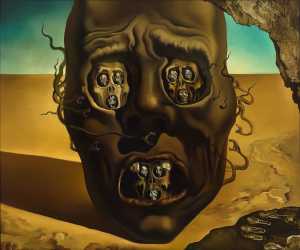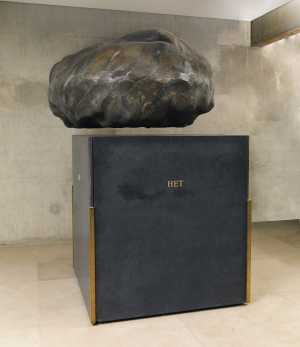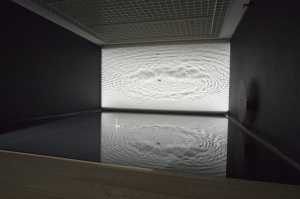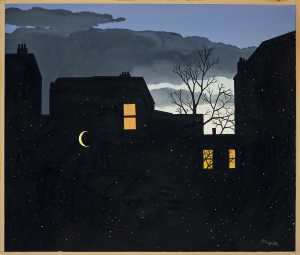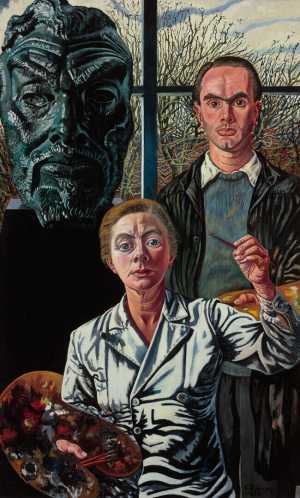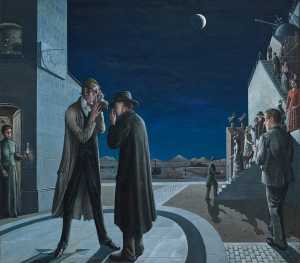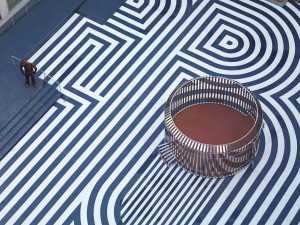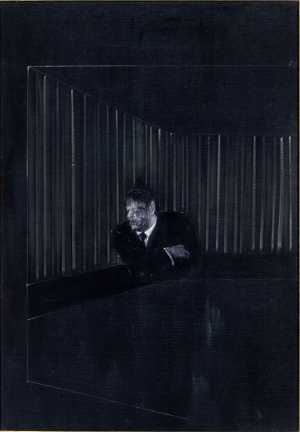Specifications
| Title | La maison de verre |
|---|---|
| Material and technique | Gouache on paper |
| Object type |
Drawing
> Two-dimensional object
> Art object
|
| Location | This object is in storage |
| Dimensions |
Height 33,6 cm Length 40,2 cm |
|---|---|
| Artists |
Artist:
René Magritte
|
| Accession number | 2942 (MK) |
| Credits | Purchased 1977 |
| Department | Modern Art |
| Acquisition date | 1977 |
| Creation date | in 1939 |
| Collector | Collector / Edward James |
| Provenance | Edward James, Chichester 1939-64; Edward James Foundation, Chichester 1964-77 |
| Exhibitions | Brussels 1939; London 1973a; Rotterdam 1996a; Brussels 1998; Rotterdam 2006; Liverpool 2011; Edinburgh/Hamburg/Rotterdam 2016-17 |
| Internal exhibitions |
Gek van surrealisme (2017) |
| External exhibitions |
René Magritte: The Pleasure Principle (2011) Dalí, Ernst, Miró, Magritte... (2016) Surreal Encounters - Collecting the Marvellous (2016) Surrealist Art - Masterpieces from Museum Boijmans Van Beuningen (2021) A Surreal Shock. Masterpieces from Museum Boijmans Van Beuningen (2023) Dal nulla al sogno (2018) Dalí, Magritte, Man Ray and Surrealism. Highlights from Museum Boijmans Van Beuningen (2023) Only the Marvelous is Beautiful (2022) A Surreal Shock – Masterpieces from Museum Boijmans Van Beuningen (2021) |
| Research |
Show research A dream collection - Surrealism in Museum Boijmans Van Beuningen |
| Literature | Hammacher 1973, p. 128; Brussels 1978, p. 65; Sylvester 1994, p. 42, cat. no. 1158; Brussels 1998, p. 241; Rogiers 2003, pp. 39-50; Draguet 2006, p. 118; Edinburgh 2016, pp. 213, 215, 248, cat. no. 99 |
| Material | |
| Object | |
| Technique |
Gouache
> Drawing technique
> Technique
> Material and technique
|
| Geographical origin | Belgium > Western Europe > Europe |
Do you have corrections or additional information about this work? Please, send us a message







